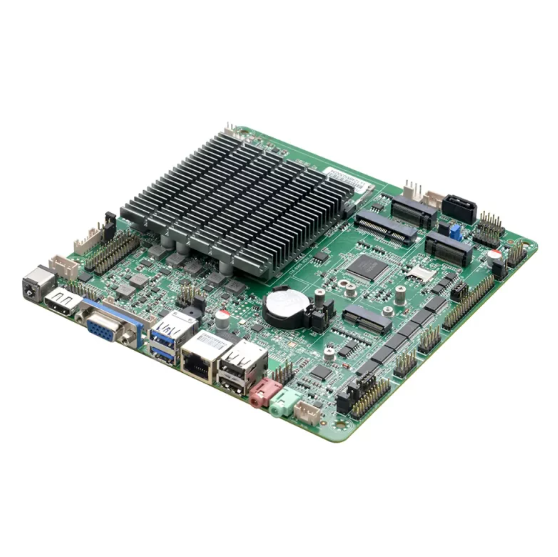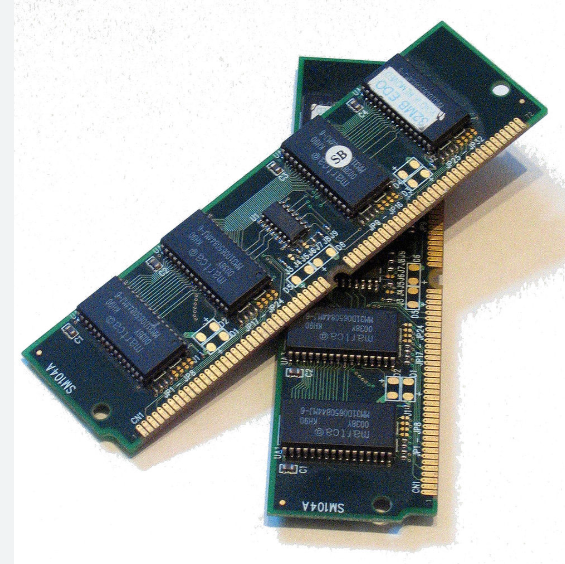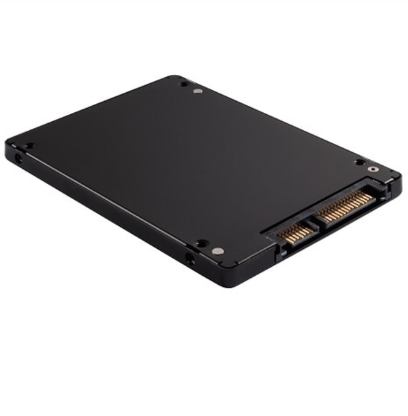Mini PCs have gained popularity over the years due to their compact size and impressive performance. These small devices pack a punch in terms of computing power and efficiency, offering an alternative to traditional desktop computers. But what exactly goes inside a mini PC? How do these tiny devices manage to deliver performance comparable to full-sized desktop systems? In this blog, we’ll explore the internal components of a mini PC and explain how it differs from a regular PC.
The motherboard is the central hub where all the components of the mini PC are connected. Despite its small size, the motherboard of a mini PC is carefully designed to accommodate essential parts like the CPU, memory, and storage. In comparison to a regular PC, a mini PC motherboard is usually more compact and often uses integrated components to save space.

The CPU is the brain of the mini PC, and it plays a crucial role in determining the performance of the device. Many mini PCs use Intel or AMD processors, similar to regular desktop computers. However, due to the compact nature of mini PCs, these processors are often low-power variants designed to consume less energy while delivering adequate performance for everyday computing tasks.

RAM is another critical component in both mini PCs and traditional PCs. Mini PCs typically use SO-DIMM (Small Outline Dual Inline Memory Module) RAM, which is smaller than the standard DIMM RAM used in full-sized desktops. Despite the size difference, SO-DIMM RAM offers similar performance, providing enough memory for smooth multitasking and quick access to frequently used applications.

In terms of storage, mini PCs often use solid-state drives (SSDs) rather than traditional hard disk drives (HDDs). SSDs are faster, more energy-efficient, and have no moving parts, making them ideal for the compact design of mini PCs. They are also more durable, as there is no risk of mechanical failure. Some mini PCs also offer M.2 SSD slots for even faster storage solutions.

One of the standout features of mini PCs is the cooling system, or the lack thereof in many cases. While traditional PCs require fans and other active cooling systems to regulate temperature, many mini PCs, especially fanless mini PCs, rely on passive cooling methods. This means they operate without a fan, using heat sinks, thermal conductivity, and the overall design of the casing to dissipate heat.

This fanless design offers several advantages, including quieter operation and fewer moving parts, which reduces the likelihood of hardware failure. Fanless mini PCs are especially popular in environments where noise is a concern or in industrial settings where the devices must run continuously without maintenance.
Mini PCs may be small, but they are still equipped with essential ports and connectivity options. USB ports, HDMI, Ethernet, and audio jacks are common on mini PCs, allowing users to connect external devices and peripherals. Many mini PCs also support Wi-Fi and Bluetooth connectivity for wireless communication.
Unlike traditional desktop PCs, mini PCs often have limited expansion options due to their compact design. However, some models provide extra slots for upgrades like additional RAM or storage, ensuring that users can enhance their mini PC’s performance as needed.
|
Feature |
Mini PC |
Regular PC |
|
Size |
Compact, typically smaller than a shoebox |
Large, typically desktop-sized |
|
Cooling System |
Often fanless (passive cooling) |
Requires active cooling (fans) |
|
Portability |
Highly portable, easy to move |
Less portable, bulky |
|
Expansion |
Limited expansion options |
Multiple slots for upgrades |
|
Power Consumption |
Low power consumption |
Higher power usage |
|
Noise |
Quiet (especially fanless models) |
Often noisy due to fans |
Fanless micro PCs have grown increasingly popular due to their unique advantages. Without fans, these devices operate silently and consume less power, making them perfect for noise-sensitive environments or places where energy efficiency is a priority. The absence of moving parts also enhances their durability, reducing the likelihood of wear and tear over time.
Whether you need a fanless computer for a home office, media center, or industrial environment, a fanless mini PC offers the reliability and performance you need in a compact form factor.
In conclusion, mini PCs are a great solution for those looking for compact, powerful computing devices. With internal components such as high-efficiency processors, fast SSD storage, and memory options, mini PCs provide excellent performance. The fanless mini PC, in particular, offers the benefit of silent, efficient operation, making it a perfect choice for various applications.
Looking for a mini PC for your next project?
Explore our range of mini PCs at BVS IPC and enjoy Exclusive Christmas Discounts!
Don’t miss out on the opportunity to get a high-performance mini PC at a great price.
Click here to shop now: BVS IPC Mini PC Collection.
If you want to know more about mini pc, please click the follows:
① Exploring the Advantages of Fanless Computers for Modern Applications

Click to confirm
Cancel